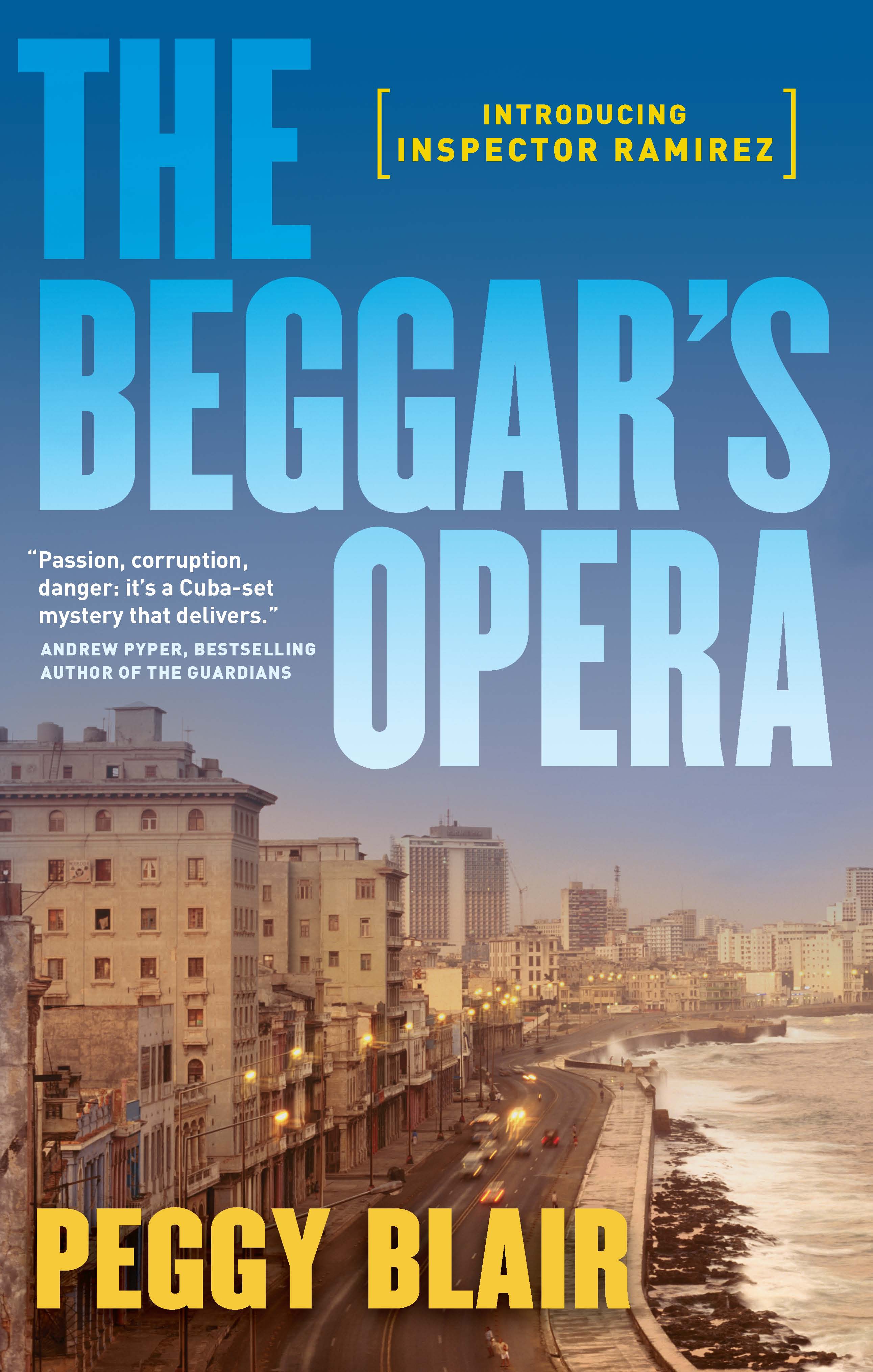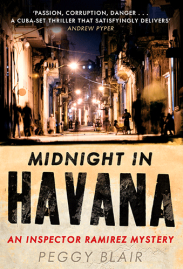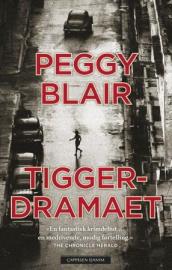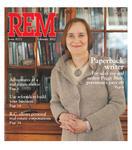And now with all that frenzied blog tour stuff over, I can get back to thinking about the business and craft of writing. My pal, mystery author Cathy Astolfo, joins me today to guest blog about the research we have to do when we’re writing fiction.
____________________________________
Background Playing
There’s an old adage that says, “Never let the facts get in the way of a good story.” Most authors of fiction would probably agree that we can’t get all the research right all the time. Often the situation just calls out for a manipulation of the facts. However, the background information provided in a novel is often fascinating, if not entirely accurate to the last drop.
We are all familiar with the detective story, police officer or private detective variety. Think of how much we’ve learned about processing a crime scene because we’ve read these books. Doesn’t mean we could conduct one, but still… Other writers opened the world of forensic pathology, autopsies and morgues, with the result that many shows on the subjects turned up on television.
Fiction covers the gamut: law, medicine, education, government. Name the field and there is more than likely a novel that has, in its background, some details about that world that are new to you.
This background playing is often part of the fun and the fascination—the “transportation”—of reading. By transportation I mean getting carried away into another realm, one that was probably, and will likely continue to be, unfamiliar but interesting. You can virtually learn something from every single book.
In fact, electronic books for schools are carrying the concept even further. These “etexts” include features whereby students can click on the name of a place in an article and read its entire history. Even the simplest ereaders give us definitions of words and other links that we can pursue for information. More services and tools are being offered all the time. What a huge education all in one little story/textbook!
In fiction novels, background information is important too. Books that are not primarily detective or legal or medical fiction, but tell a tale about rather ordinary folk, still provide some facts.
For instance, the protagonist throughout my series, the Emily Taylor Mysteries, is a principal in a small town. She’s not a professional in the field of law or medicine.
When the caretaker is murdered in the school, I had to explain how the education system would handle such a thing. Then there is the puppy mill in the first book. As difficult as it was, I wrote about the experiences of my niece as a veterinarian’s assistant. In book two, Victim, I did a lot of reading about Ojibwa folklore—and shared that with my readers. Legacy (number three) returns to the school and its processes, plus there are tidbits about the effects of fire, inquests, and hypnosis. My fourth book, Seventh Fire, discusses a wrongful conviction and how these tragic mistakes often come about.
My books are mysteries, but they still teach. Although the stories are fiction, and some of the facts may not be one hundred percent accurate, there is enough background information to give the reader a more in-depth picture of the setting, the characters, and how the plot plays out. It may even lead a reader to investigate the topic further. Just like an “etext”.
_______________________________
You can find some background information about Catherine Astolfo at her website!
















